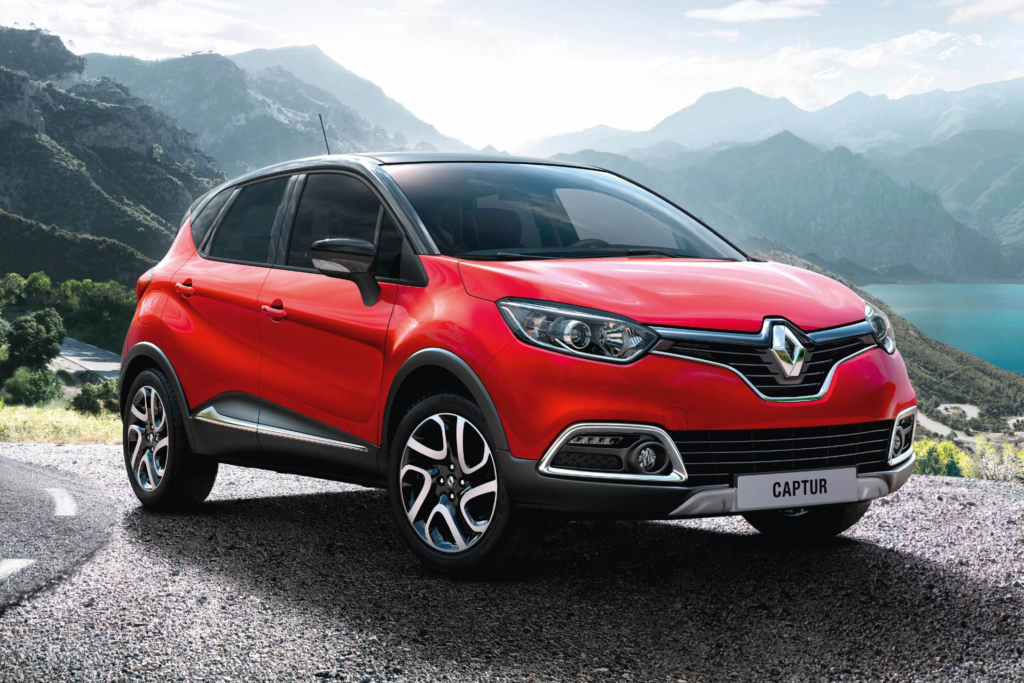The Indian auto industry is still in its infancy. By introducing new products and putting them to the test in the market, manufacturers from around the world have attempted to determine what the Indian consumers prefer. While many of the cars have achieved tremendous success and helped their brands take the lead in the market, some of them have not. Which cars are these? Here is a list of the top ten vehicles.
Biggest Flop Cars
1. Opel Vectra

The Vectra was one of the most optimistic launches by Opel in its short tenure in India. Positioned above the already premium offerings like Corsa and Astra sedans, the Opel Vectra was General Motors’ take on the D-segment sedan category. It was launched for Rs 16.75 lakh, which was quite steep in those days. The Opel Vectra was offered with a 2.2-liter 146 bhp petrol engine, which was good on performance, but low on fuel economy. And while the car was loaded with features, it was low on reliability and high on maintenance.
2. Ford Fusion

In recent years, compact crossovers have become all the rage. Ford, on the other hand, made an effort to get an early start by introducing the Fusion, a small crossover that combined an SUV and a hatchback. The boxy and upright stance, however, was a very novel design concept for the Indian market at the time, and it failed to appeal to the local audience. Additionally, Ford’s offerings at the time were subpar in terms of maintenance and fuel efficiency, two areas where the Fusion fell short. The Ford Fusion had two engine options during its brief existence: a 1.4-liter diesel engine with 68 PS and a 1.6-liter gasoline engine with 105 PS.
3. Chevrolet SR-V

The SR-V, the American automaker’s biggest failure in the Indian market, may go unnoticed even by Chevrolet aficionados. The Chevrolet SR-V had a distinct rear profile from its Optra sedan counterpart and was essentially a hatchback version of the Optra sedan. This means that it shared the Optra’s interior and 1.6-liter 101 PS engine, which was a good thing. But at the time, Indians were not keen on shelling out a lot of money for a hatchback, and the Chevrolet SR-V was quite expensive when it was offered here.
4. Mahindra Nuvosport

Mahindra burned its hands when it introduced the Quanto sub-compact crossover, a shortened sub-four-metre version of the Xylo. Mahindra restyled the product inside and out and gave it the new name Nuvosport in an effort to revitalise it. Mahindra made an effort to present it as a more expensive alternative to the Quanto it replaced. It ultimately proved to be an even bigger failure than its predecessor, largely because of its odd appearance and poor driving dynamics. A single 1.5-litre 100 PS diesel engine was the only one available for the Mahindra Nuvosport in India.
5. Tata Bolt

Even though Tata Motors’ Tiago model changed everything in India, the Bolt, the Tiago’s predecessor, had similar goals for the Indian automaker. As a new generation product, the Tata Bolt was introduced to take the place of the outdated Indica Vista. Even though the Tata Bolt was a quality product, its unattractive appearance was caused by the design’s continued reliance on the Indica Vista’s silhouette. Tata stopped concentrating on the Bolt and turned its attention to the Tiago, which was an immediate success. The Tata Bolt consequently passed away gradually and unnoticed. Two engine choices for the Tata Bolt were available: a 1.3-liter 75 PS diesel engine and a 1.2-liter 90 PS petrol engine.
6. Mitsubishi Cedia

Mitsubishi tried to step it up with the Cedia after finding some measure of success with the Lancer. The Mitsubishi Cedia was introduced as a more expensive, sportier-looking alternative to the Lancer, but it was never successful in gaining popularity. The Cedia was not popular, not even among enthusiasts. Additionally, it was pitted against the Honda City, a vehicle that has consistently been favoured by both enthusiasts and regular people looking for a respectably luxurious vehicle. A 2.0-liter, 115-bhp gasoline engine was available with the Cedia in India.
7. Nissan Evalia

The Nissan Evalia is one of the few small MPVs with comparable interior space. The Nissan boxy-looking MPV checked the right boxes for space and functionality, but beyond that, it failed to appeal to the Indian market. The interiors lacked the sophistication of a family car, the exterior was obnoxiously boxy, and the price was higher than that of its direct competitors, the Maruti Suzuki Ertiga and the Renault Lodgy. The fixed rear windows were another unfamiliar feature to Indians. However, for a vehicle of its size, the Nissan Evalia’s 1.5-liter 85 PS diesel engine provided excellent tractability and fuel efficiency.
8. Renault Captur

Unfortunately, the Renault Captur was the French automaker’s biggest failure among the flops it introduced in India. With the Captur, Renault aimed to build on the Duster’s popularity and provide a more upscale and contemporary driving experience. It featured an innovative and eye-catching design, reliable 1.6-liter 106 PS and 1.5-liter 110 PS gasoline and diesel engine options, and a well-balanced ride and handling. However, customers weren’t particularly drawn to the Renault Captur’s crossover-like stance. Additionally, due to the Hyundai Creta’s enormous popularity, the Captur was almost forgotten about in the Indian auto industry.
9. Datsun Go+

Datsun had a slow start with the Go hatchback, which was exactly what the company’s management had expected. Datsun launched the Go+, a more useful 5+2 seater version of the hatchback, quickly enough to keep things afloat. Essentially a three-row version of the Go, the Datsun Go+ was best suited for children in the last row. It had the same Go-derived 1.2-liter, 68 PS petrol engine, which was respectable for its size. The Datsun Go+, however, unfortunately, suffered from the same problems as its five-seater equivalent, the biggest of which was the extreme cost-cutting measures visible in its build quality.
10. Fiat Urban Cross

Fiat made an effort to draw in Indian customers with the Avventura, but many people complained that it was tedious to open and close the boot. With the Urban Cross, which did not have the spare wheel mounted in the boot, Fiat attempted to address this problem. The spare wheel was instead kept in the boot compartment, which is the customary location, in the Fiat Urban Cross. The Urban Cross, however, suffered greatly and was a complete failure because of India’s perception of Fiat as a brand that is unstable. A 1.4-liter turbo-petrol engine with 140 PS and a 1.3-liter diesel engine with 93 PS were both available for the Fiat Urban Cross.
Get the Latest Automotive Updates here. For more such content stay subscribed to Youtube, Google News, Facebook, & Twitter. Also, follow us on Flipboard & Reddit where we have a discussion community.







